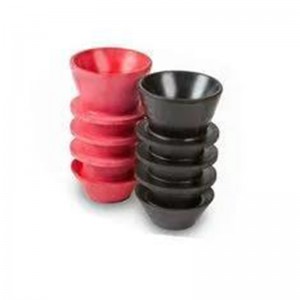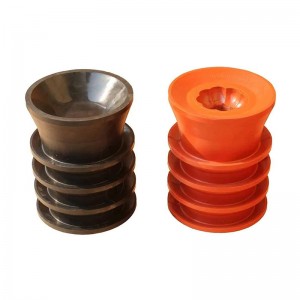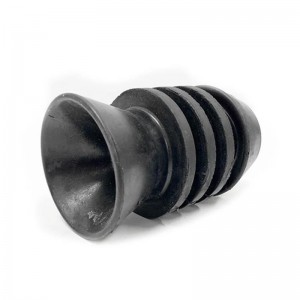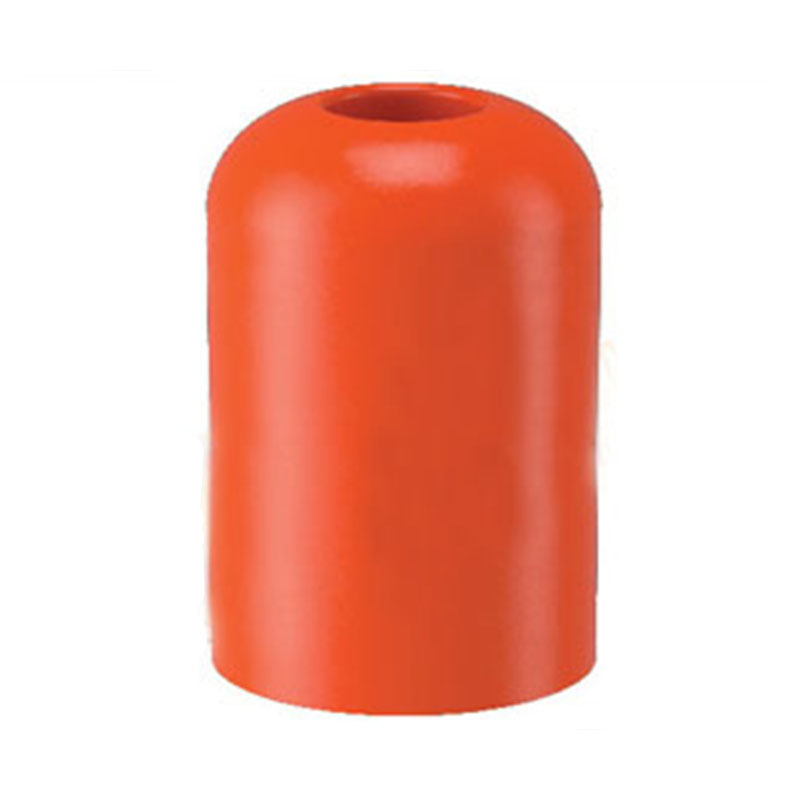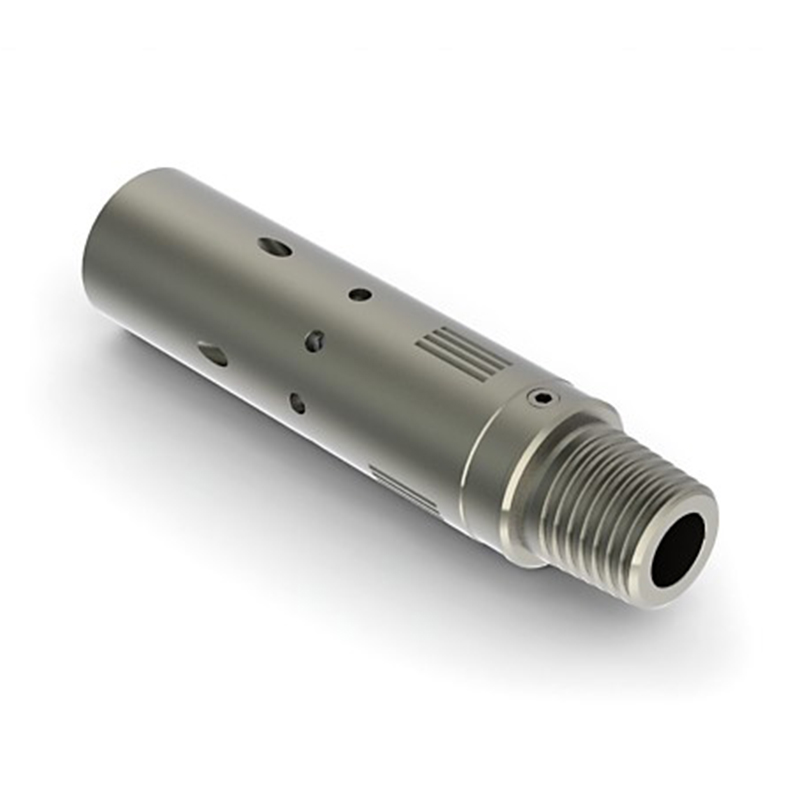Cement Casing Rubber Plug for oilfield
Description:
A rubber plug is used to separate the cement slurry from other fluids, reducing contamination and maintaining predictable slurry performance. Two types of cementing plugs are typically used in a cementing operation. The bottom plug is launched ahead of the cement slurry to minimize contamination by fluids inside the casing prior to cementing. A diaphragm in the plug body ruptures to allow the cement slurry to pass through after the plug reaches the landing collar.
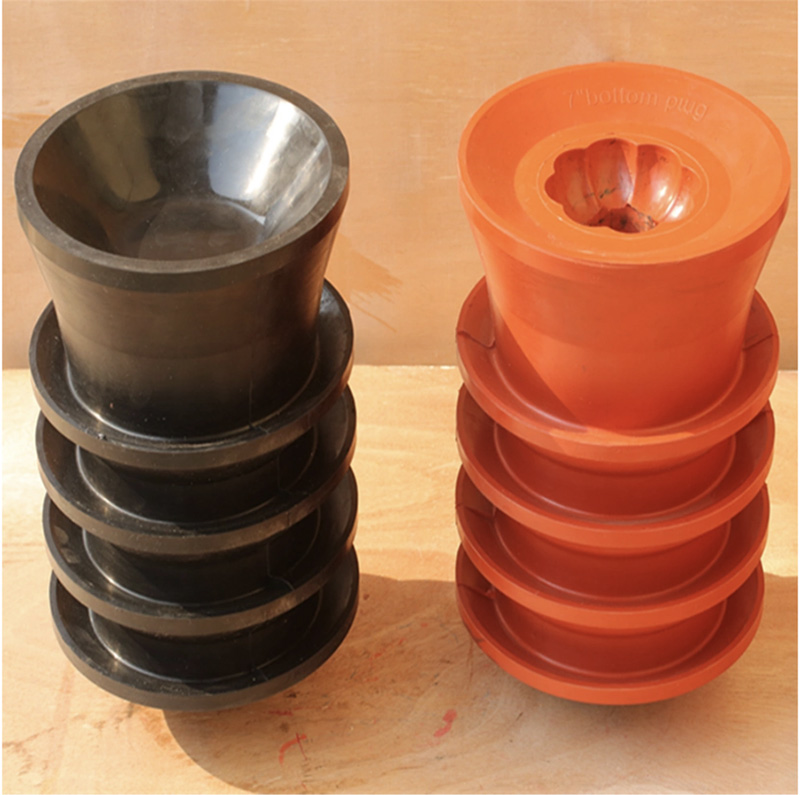
The top plug has a solid body that provides a positive indication of contact with the landing collar and bottom plug through an increase in pump pressure.
Cementing plugs are essential components in achieving zonal isolation, a critical aspect of wellbore cementing. They serve as a barrier between cement slurry and other wellbore fluids, thereby preventing intermixing and contamination. The bottom plug, with its diaphragm feature, ensures fluid separation until the cement slurry reaches its intended location. Simultaneously, the top plug provides a reliable indication of successful plug landing and cement placement through an observable increase in pump pressure. Ultimately, the use of these plugs results in a more efficient and reliable cementing operation, crucial for well stability and longevity.
Description:
| Size,inch | O.D.,mm | Length,mm | Bottom Cementing Plug Rubbermembrane burst pressure, MPa |
| 114.3mm | 114 | 210 | 1~2 |
| 127mm | 127 | 210 | 1~2 |
| 139.7mm | 140 | 220 | 1~2 |
| 168mm | 168 | 230 | 1~2 |
| 177.8mm | 178 | 230 | 1~2 |
| 244.5mm | 240 | 260 | 1~2 |
| 273mm | 270 | 300 | 1~2 |
| 339.4mm | 340 | 350 | 1~2 |
| 457mm | 473 | 400 | 2~3 |
| 508mm | 508 | 400 | 2~3 |


